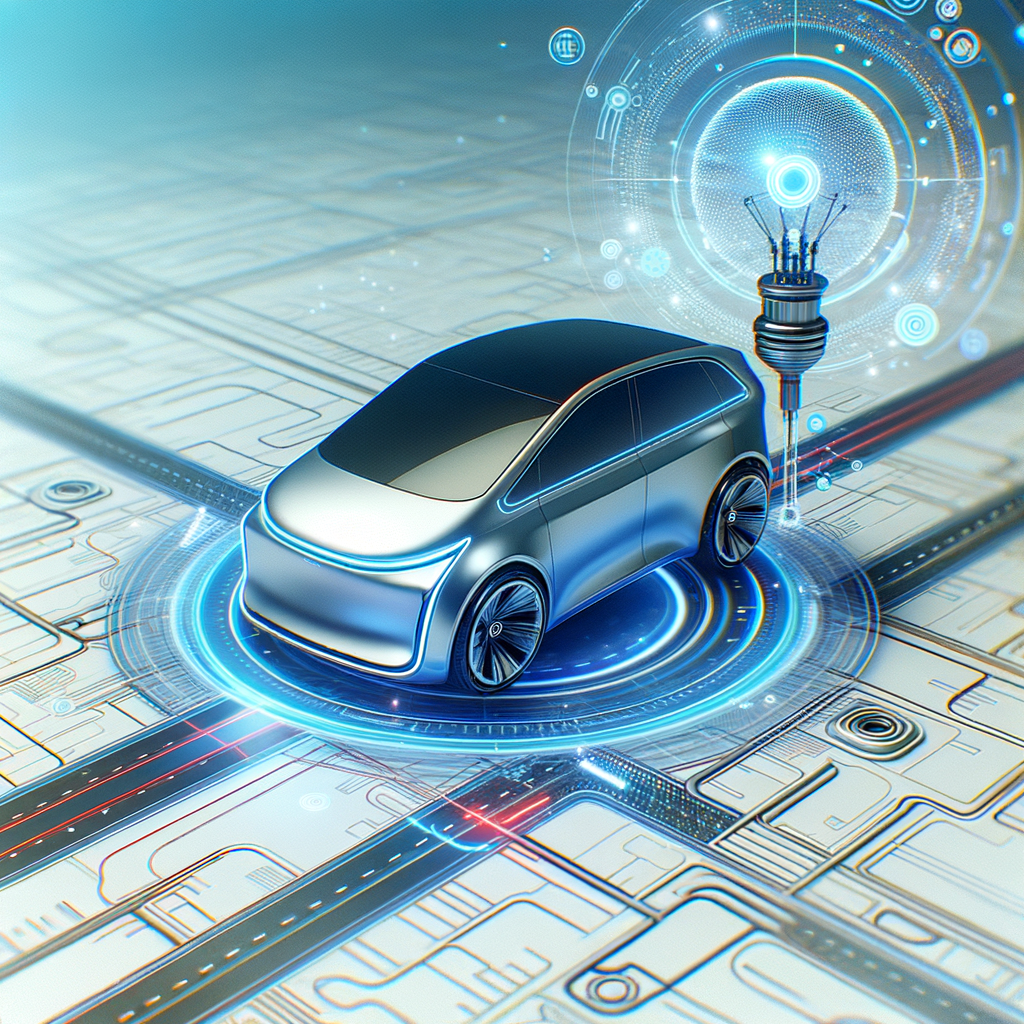
The Future of AI in Autonomous Vehicles: Driving Towards Innovation
Explore the advancements in AI technology that are shaping the future of autonomous vehicles. This blog delves into the role of machine learning and AI in enhancing the safety, efficiency, and reliability of self-driving cars. Discover how automakers and tech companies are leveraging AI to overcome current challenges and what the road ahead looks like for this transformative industry.
The Future of AI in Autonomous Vehicles: Driving Towards Innovation
In the rapidly evolving landscape of technology, autonomous vehicles stand as one of the most promising yet challenging innovations. Driven by advances in artificial intelligence (AI) and machine learning, these vehicles promise a future of safer, more efficient, and more reliable transportation systems. In this blog, we will delve into how AI is driving the evolution of autonomous vehicles, the challenges that remain, and what the future holds for this cutting-edge technology.
The Role of AI in Autonomous Vehicles
Artificial intelligence has become the backbone of autonomous vehicle technology, responsible for the safe and efficient navigation of self-driving cars. The integration of AI involves several sophisticated components, including computer vision, sensor fusion, path planning, and decision-making algorithms.
Computer Vision and Sensor Fusion
Computer vision is one of the critical components of autonomous vehicles, enabling them to perceive the environment in real-time. By processing data from cameras and other sensors such as LiDAR and radar, AI systems can identify objects, recognize traffic signals, anticipate pedestrian movements, and track lane markings. Sensor fusion then combines these data inputs to create a comprehensive picture of the vehicle's surroundings.
Path Planning and Decision-Making
Path planning is another essential area where AI plays a vital role. It involves creating real-time navigation paths that take into account traffic rules, potential obstacles, and optimal routes. Decision-making algorithms support the vehicle in making complex decisions such as changing lanes, avoiding obstacles, and determining stop-and-go scenarios.
Machine Learning for Better AI
Machine learning algorithms are fundamental in improving the capabilities of AI in autonomous vehicles. Through supervised learning, these algorithms can learn from vast datasets of driving scenarios, making them capable of handling unprecedented situations. By continuously learning from real-world experiences, they become smarter and more adept over time.
Challenges Facing AI in Autonomous Vehicles
Despite the remarkable progress, several challenges remain in the path of AI-powered autonomous vehicles.
Safety and Reliability
Ensuring the safety and reliability of autonomous vehicles is a paramount concern. AI systems must be fail-safe and capable of operating seamlessly under diverse environmental conditions. This includes understanding complex urban topologies, interpreting unexpected road users' behavior, and functioning reliably in adverse weather conditions.
Ethical and Regulatory Issues
The deployment of autonomous vehicles also brings ethical and regulatory challenges. Questions about liability in the event of accidents, data privacy concerns, and compliance with local traffic laws need comprehensive frameworks that align with societal and legal standards.
Public Acceptance
Public trust and acceptance remain significant hurdles. Many consumers are hesitant to embrace autonomous vehicles due to concerns about safety and readiness. Building trust requires transparency about how AI systems work and are tested for safety, alongside visible demonstrations of their reliability in real-world conditions.
The Road Ahead
The future of AI in autonomous vehicles is incredibly promising, with several developments paving the way for widespread adoption.
Advancements in AI Technology
Continuous advancements in AI and machine learning technologies will enhance the capabilities of self-driving vehicles. Innovations such as edge computing will make it possible for vehicles to process data in real-time, reducing latency and improving responsiveness.
Collaboration Between Automotive and Tech Firms
Automakers and technology companies are increasingly forming partnerships to leverage AI expertise. This collaboration leads to faster innovation and deployment of autonomous driving technologies. Companies like Tesla, Waymo, and Uber are at the forefront, continuously pushing the boundaries of what's possible.
Greater Integration of Smart Infrastructure
The concept of connected vehicles suggests a future where cars communicate with each other and with smart city infrastructures to make streets safer and more efficient. AI will act as the network's brain, managing vast amounts of data to ensure seamless integration.
Path to Level 5 Autonomy
While many autonomous vehicles today are at Levels 2 and 3 of the SAE levels of driving automation, the ultimate goal is to achieve Level 5 autonomy, where no human intervention is required. Achieving this level will mark the true maturity of AI in autonomous transportation.
Conclusion
The journey towards fully autonomous vehicles is a testament to human ingenuity and the transformative power of AI. As technology advances, we are moving closer to a future where self-driving cars become an integral part of our everyday lives, offering safer, more efficient, and environmentally friendly transportation solutions. By overcoming current challenges and fostering innovation, AI will continue to drive the revolution in autonomous vehicle technology, steering society towards unprecedented levels of transportation autonomy and convenience.